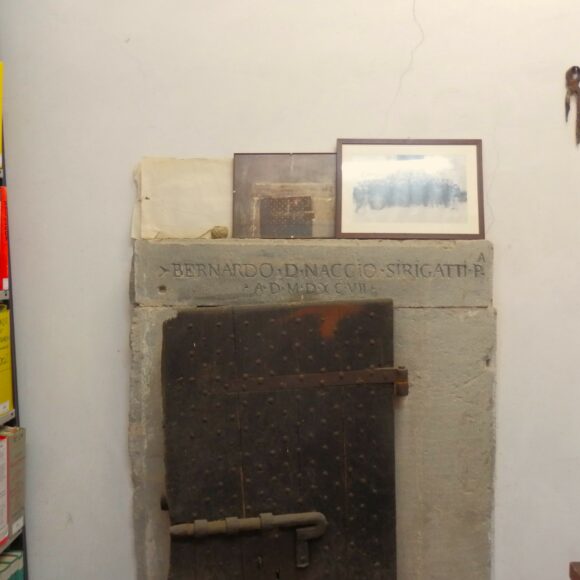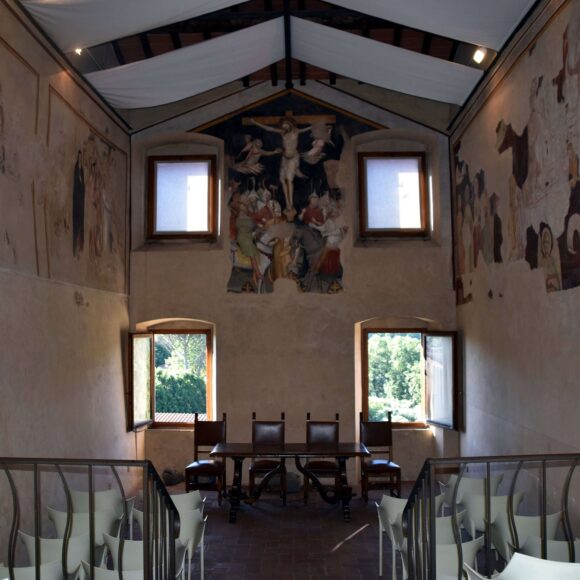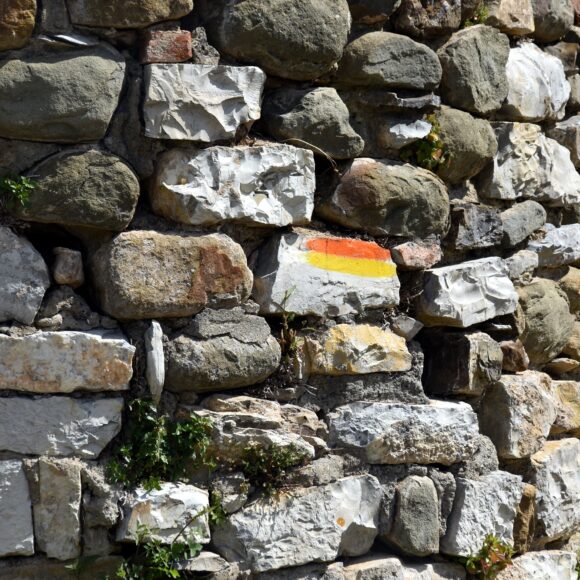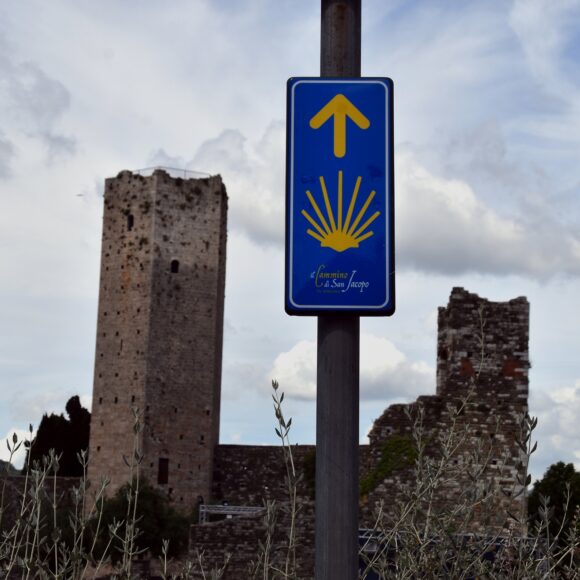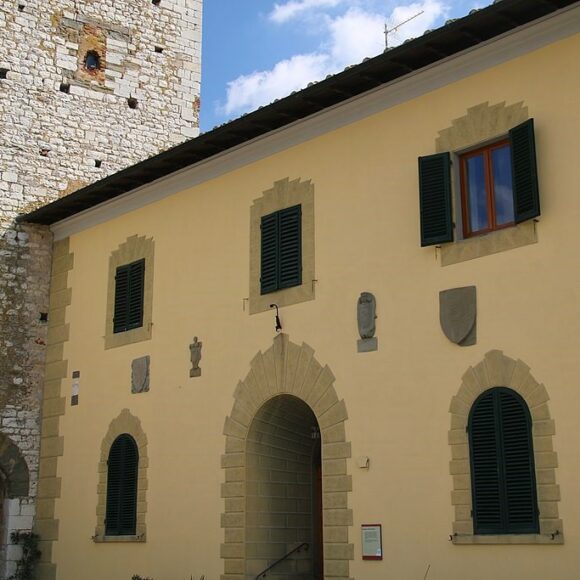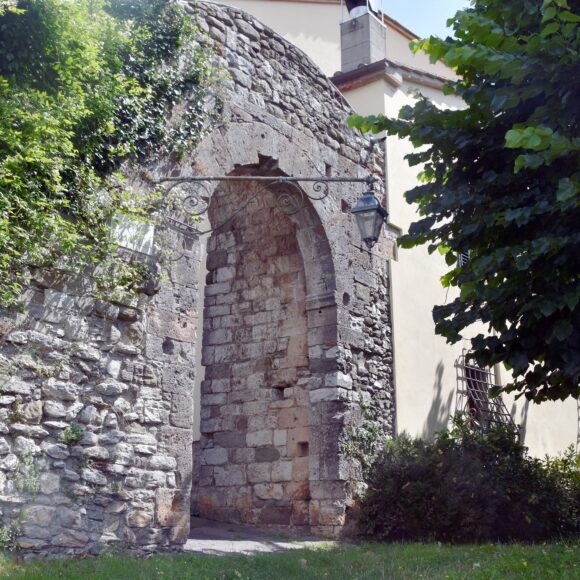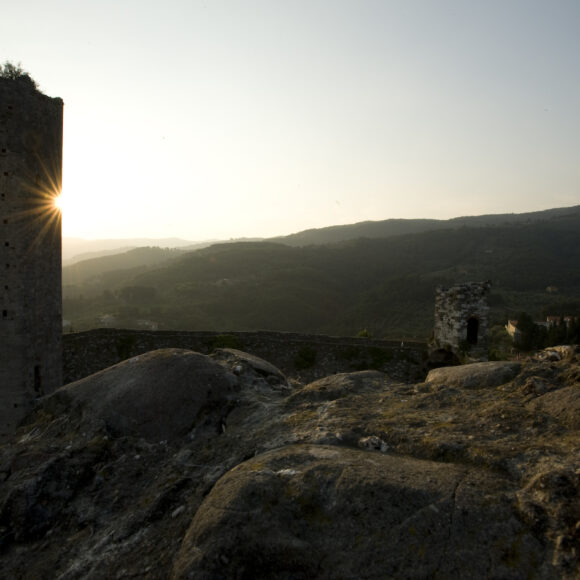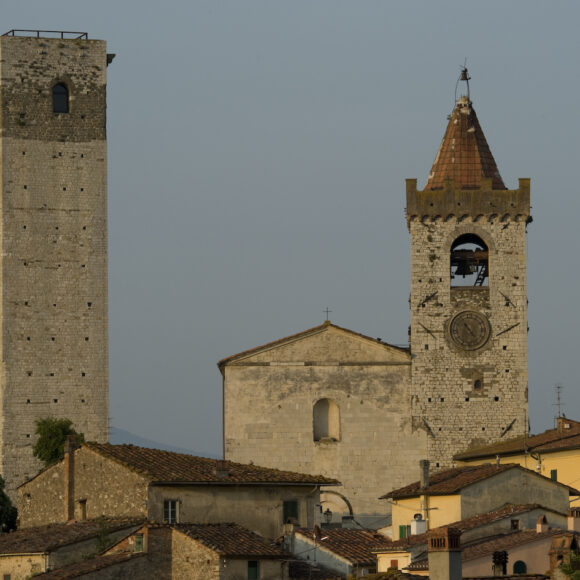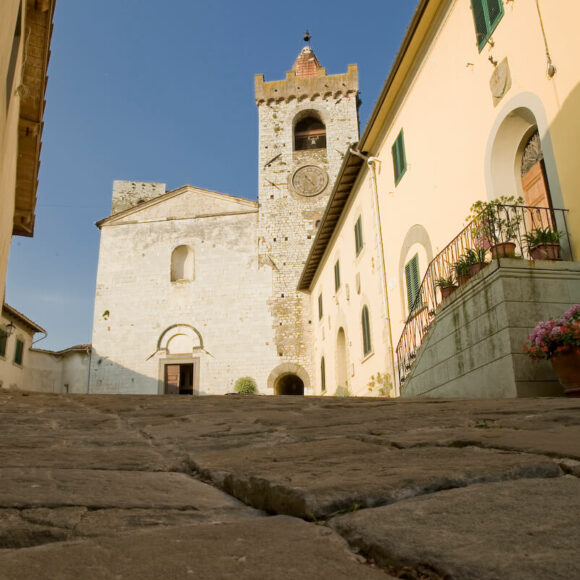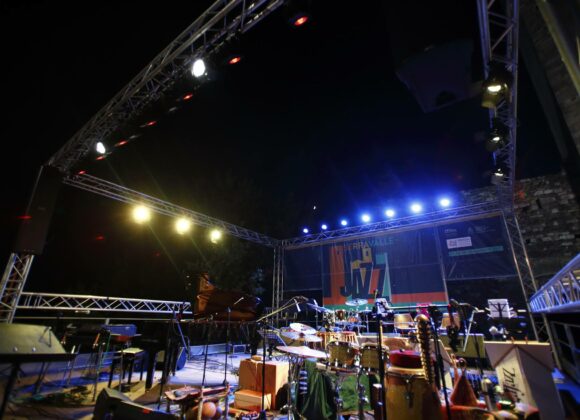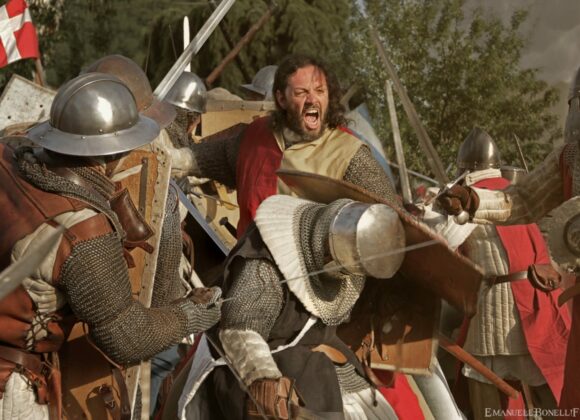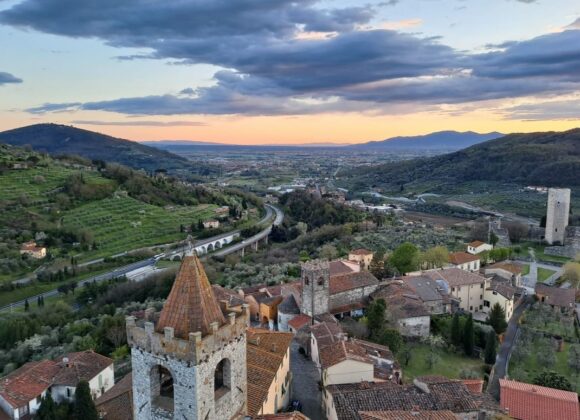Church of Saint Michael the Archangel
A unique blend of art and architecture
Serravalle Pistoiese
Home / Discover / Serravalle Pistoiese / Church of Saint Michael the Archangel
Among the oldest in Serravalle, the church retains its intact apse, an excellent example of 12th-13th century Romanesque architecture.
The Church of Staint Michael the Archangel in Serravalle seems to be mentioned for the first time in a document from 764 AD, which represents the only Lombard-era testimony related to the land of Serravalle: the priest Aivaldo, wishing to take religious vows among the monks of the Church of St. Bartholomew in Pistoia, donated the monastery of Sancti Angeli to the latter, which some scholars identify with the Church of Staint Michael in Serravalle.
During an excavation, an ossuary was discovered beneath the current flooring, suggesting the possibility of an ancient monastic presence within the church.
In the 17th century, the church’s façade underwent some renovations, including the addition of a Baroque-style window. During the same period, the portico was built, attached to the southern side of the building, blending harmoniously with the surrounding urban fabric and becoming a distinctive feature of this part of the village.
Of particular value is the apse, which has survived intact, representing a rare example of 12th-13th century Romanesque architecture in the Serravalle area.
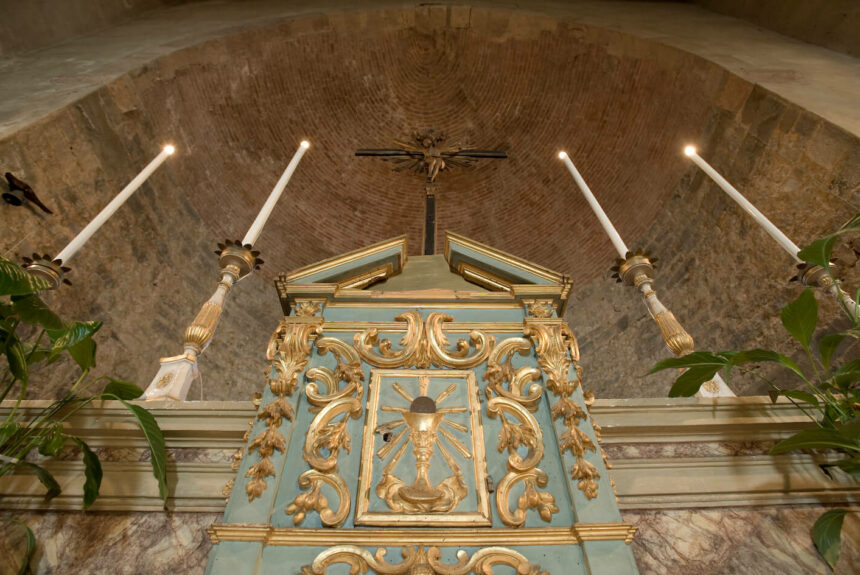
Interior
Inside the church, on the left wall near the entrance, there is a triptych depicting the Madonna enthroned with the Child surrounded by Saints Hippolytus, James, Michael, and Stephen, dated 1439 and attributed to Bartolomeo di Andrea Bochi, a 15th-century artist.
On the right wall, near the altar, part of an interesting fresco from the early 14th century is preserved, depicting the miracle of Saint Blaise, known for his powers against sore throats. In the fresco, the saint blesses the child with his right hand while using his left hand to compress the child’s throat, saving him from suffocation caused by a fishbone. This fresco, recently restored, was probably part of a larger decoration illustrating the life of Saint Blaise, a saint highly venerated in the Pistoia area and frequently depicted in pictorial cycles.
Entry
Touristic office
Experience the territory


